Desktop vs. Laptop Market Share: What do People Prefer?
Learn everything about desktop and laptop market share
5 min. read
Updated on
Read our disclosure page to find out how can you help Windows Report sustain the editorial team. Read more
Key notes
- Laptops and desktops are the most popular forms of PC, but which one is more popular?
- While laptops offer mobility, the desktop PC offers more hardware power to the advanced users.
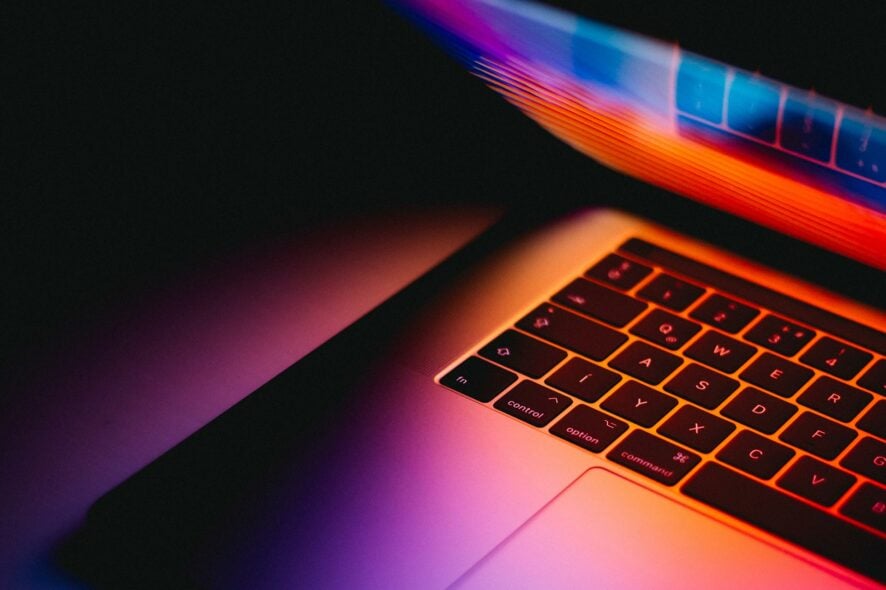
Regarding PCs, there are two choices, desktop or laptop, and many are wondering about desktop vs. laptop market share.
This is a pretty exciting subject, and in the past few years, the market has been changing drastically, reflecting PC sales. Speaking of which, why not learn more about Windows market share over the years?
Therefore, join us while we look closely at the market share and analyze the desktop and laptop sales.
What sells more: laptop or desktop?
According to the IDC, laptops sell more than laptops. Here’s the breakdown for 2022:
- Notebooks sold: 207,534,238
- Detachable tablets sold: 81,478,058
- Desktops sold: 76,924,993
Desktop vs. laptop market share analysis
Global market analysis
PC sales were in decline of 19.8% in the fourth quarter of 2022. Here’s the breakdown of the affected devices:
- 2.3% decline in tablet shipments
- 28.3% decline for desktop PCs
The PC market share is expected to recover by the end of 2023 since many users are upgrading to Windows 11. Some experts believe that we’ll see a 3.6% growth in 2024.
In the last year, desktops were on a slow decline, and they have been surpassed by detachable tablets by Q4. The numbers say the following:
- 17,978,951 desktop units sold
- 26,378,034 detachable tablets sold
- 47,313,301 notebooks sold
Regarding notebooks, they were also on a constant decline during 2022, and that trend seems to continue.
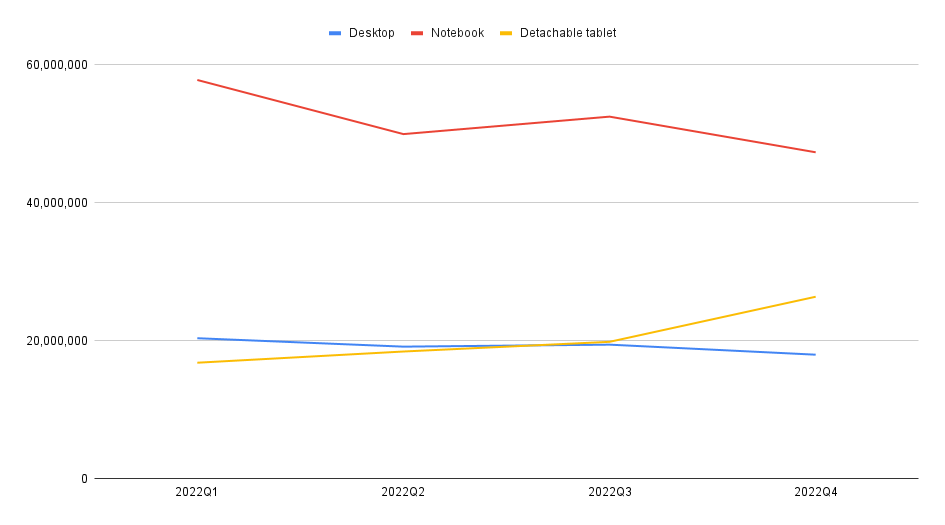
Are desktops more popular than laptops?
Judging by the market share in 2022, it seems that desktops are losing the battle against laptops. According to data from Q1 2022, 67% of users used laptops to access the Internet.
Out of these users:
- 60% used personal laptops to access the Internet
- 29% used company laptops for Internet access
Here’s the visual representation:
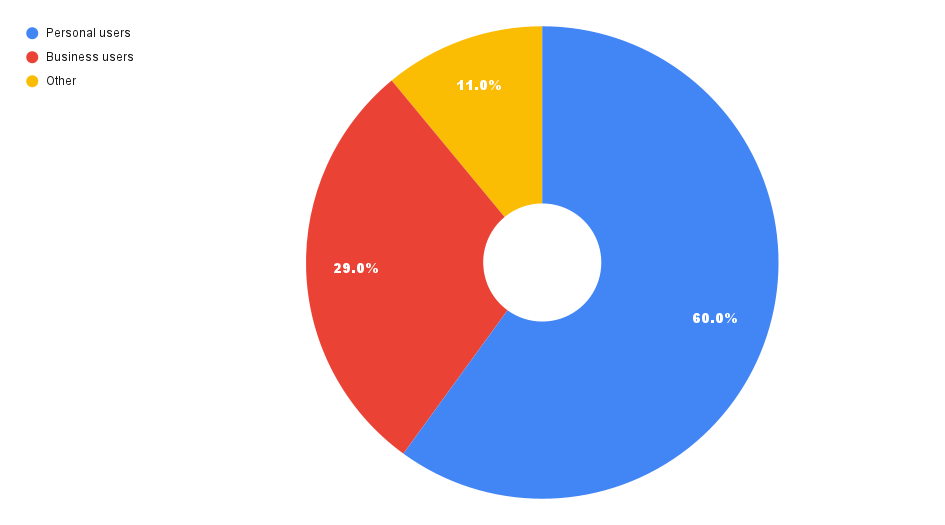
As you can see, almost two-thirds of laptops are personal users, which doesn’t come as a surprise, especially after the pandemic.
Who has the biggest market share in laptops?
According to data from Statista from 2021, in the United States, the following brands held the most market share:
- HP – 35%
- Dell – 27%
- Apple – 24%
- Acer – 13%
- Lenovo – 12%
- Asus – 8%
- Microsoft – 8%
- Samsung – 7%
Here’s a visual representation:
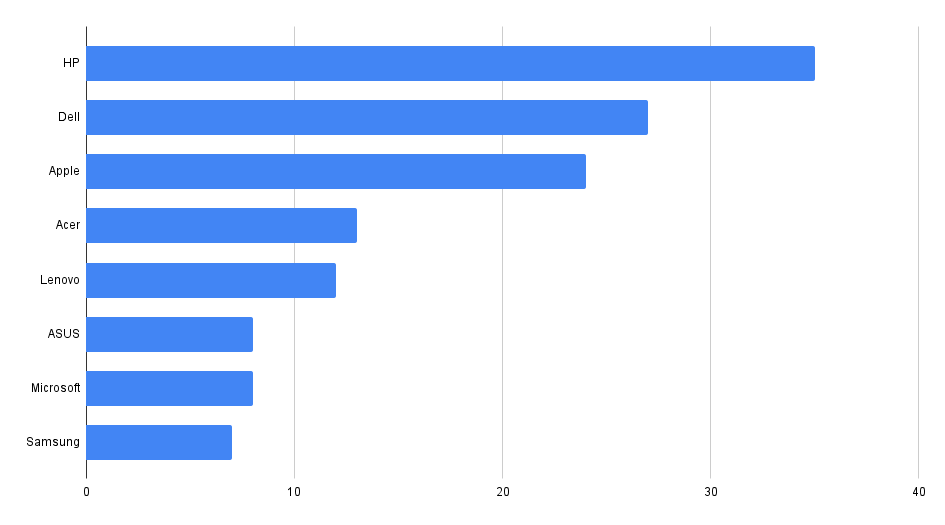
Worldwide PC market share by brand
In 2022, the major PC brands shipped the following number of units:
- Lenovo – 68,125,000 (23.9%)
- Other brands – 64,237,000 (22.5%)
- HP – 55,206,000 (19.4%)
- Dell – 49,746,000 (17.4%)
- Apple – 27,160,000 (9.5%)
- ASUS – 20,616,000 (7.2%)
It’s important to mention that all brands saw a decline, and the total decline was 16.4%. HP was hit the hardest with a 25.4% decline, followed by Lenovo with 17.1% and Dell with a 16.1% decline.
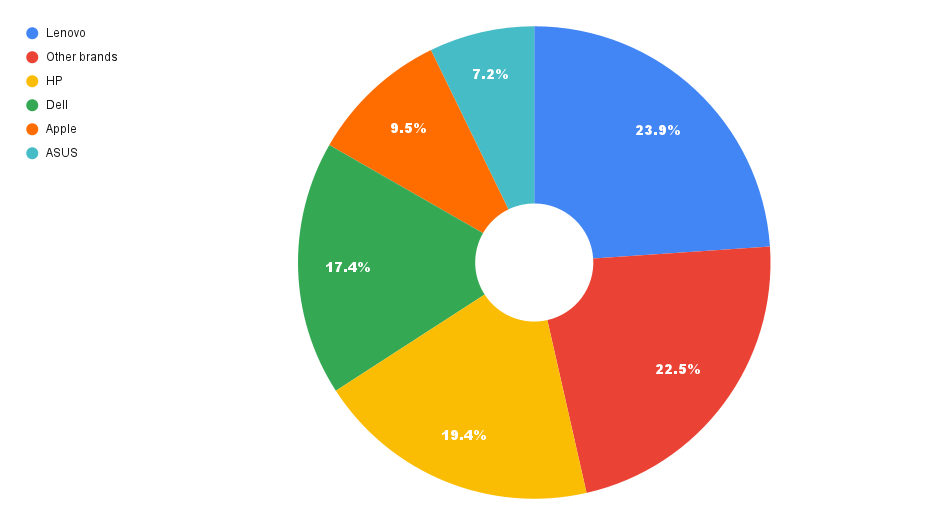
Why use a desktop instead of a laptop?
There are several benefits to desktops:
- Highly customizable in terms of hardware.
- Limitless upgrade features.
- Easier to repair.
- More affordable.
- Better for gaming.
- Larger screen size.
- Lower chance of theft.
However, desktops have a share of drawbacks:
- Not portable.
- Requires additional peripherals.
- Takes a lot more space.
While desktops offer more hardware power, better customization, and upgrade options, they aren’t portable, which is their biggest drawback that turns away users.
For students and business users who are always on the go, a laptop is almost always a better solution in the long run.
Final thoughts
It’s safe to say that laptops dominate the market share and are a go-to device for many users who want a portable functional PC that doesn’t take up too much space.
As such, they are preferred devices for students, business users, or users always on the go.
According to Gartner’s Mikako Kitagawa:
The anticipation of a global recession, increased inflation and higher interest rates have had a major impact on PC demand. Since many consumers already have relatively new PCs that were purchased during the pandemic, a lack of affordability is superseding any motivation to buy, causing consumer PC demand to drop to its lowest level in years.
He also said the following:
PC demand among enterprises began declining in the third quarter of 2022, but the market has now shifted from softness to deterioration. Enterprise buyers are extending PC lifecycles and delaying purchases, meaning the business market will likely not return to growth until 2024.
So, what lies in the future? According to IDC’s forecast, 2023 will leave a drop in market share for laptops and notebooks, but the market is expected to recover in the following years slowly.
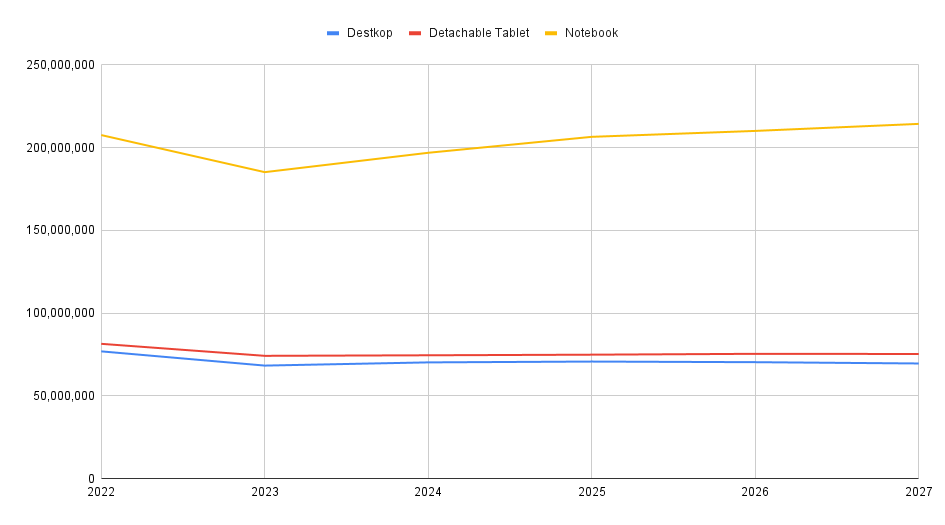
The gap between laptops and desktops will continue to rise as the number of laptop users slowly but surely increases.
The increase in the number of devices globally also increases technology addiction and brings in the negative impacts of it. To learn more, read this guide.
Also the increasing number of devices has also raised the number of electronic equipment discarded; check the latest e-waste statistics and the importance of proper disposal of a product.
We hope that you found this guide informative. If you want to learn more, our guide on operating system market share should answer all your questions.
What about you? Are you a laptop or desktop user? Let us know in the comments below.
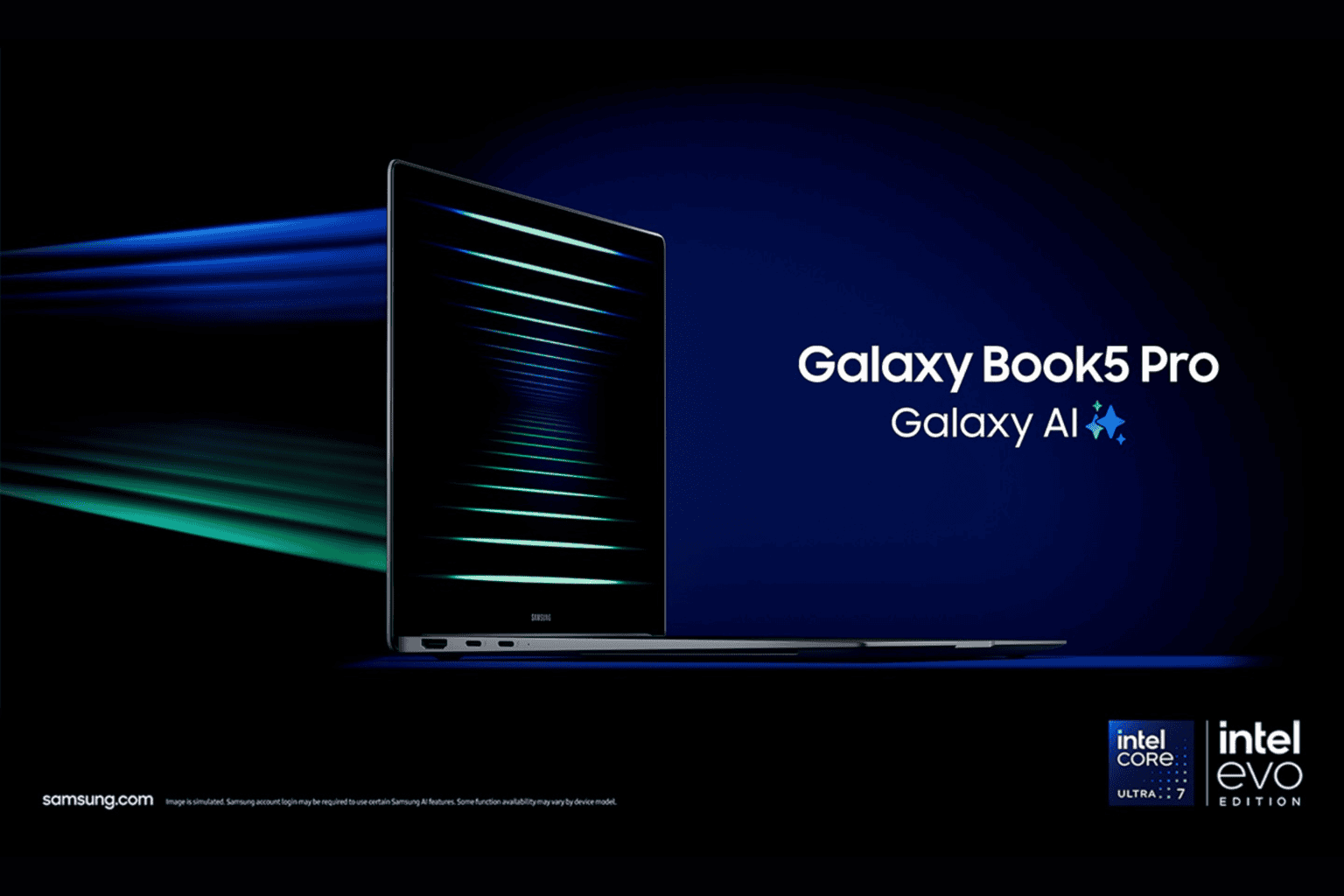
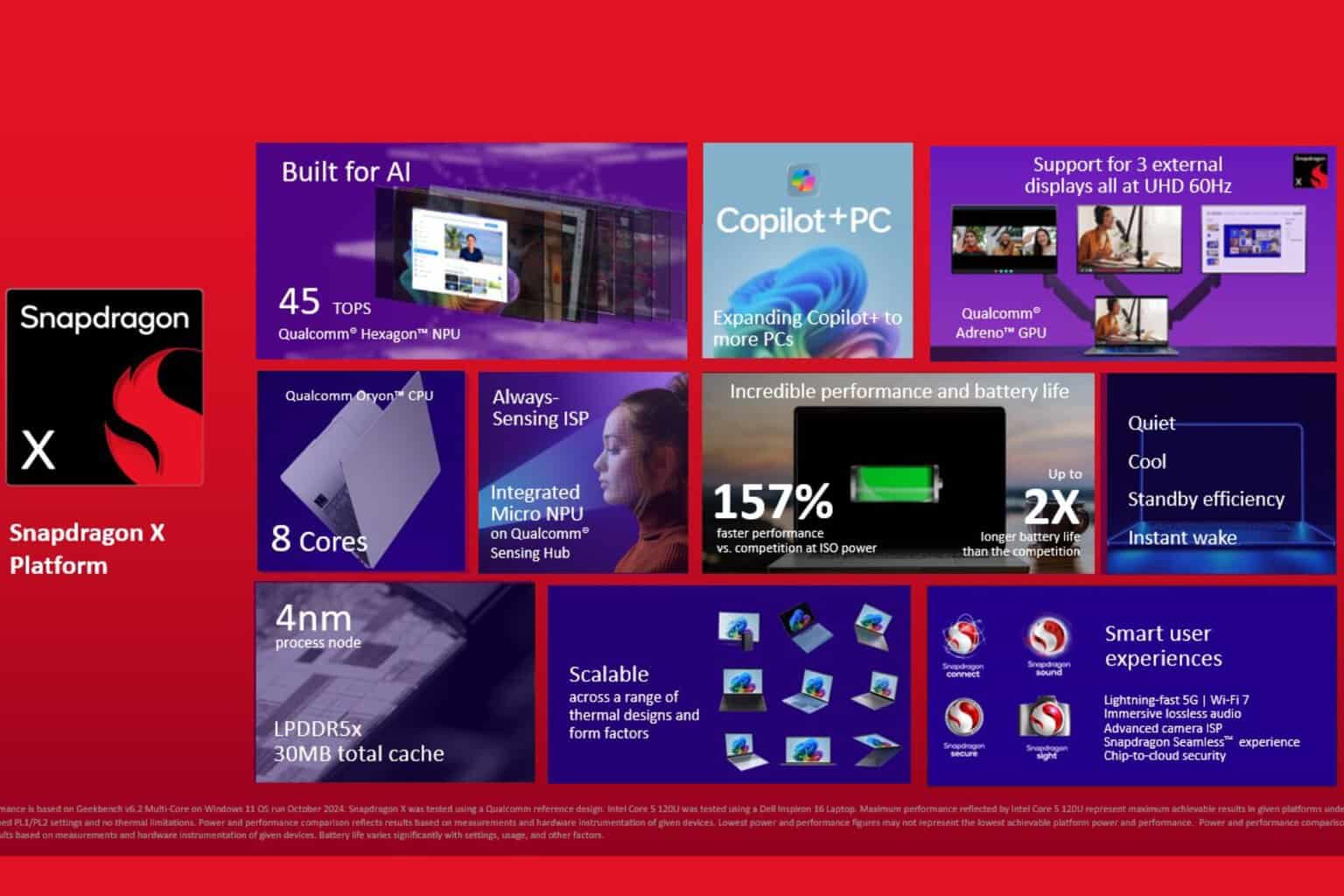
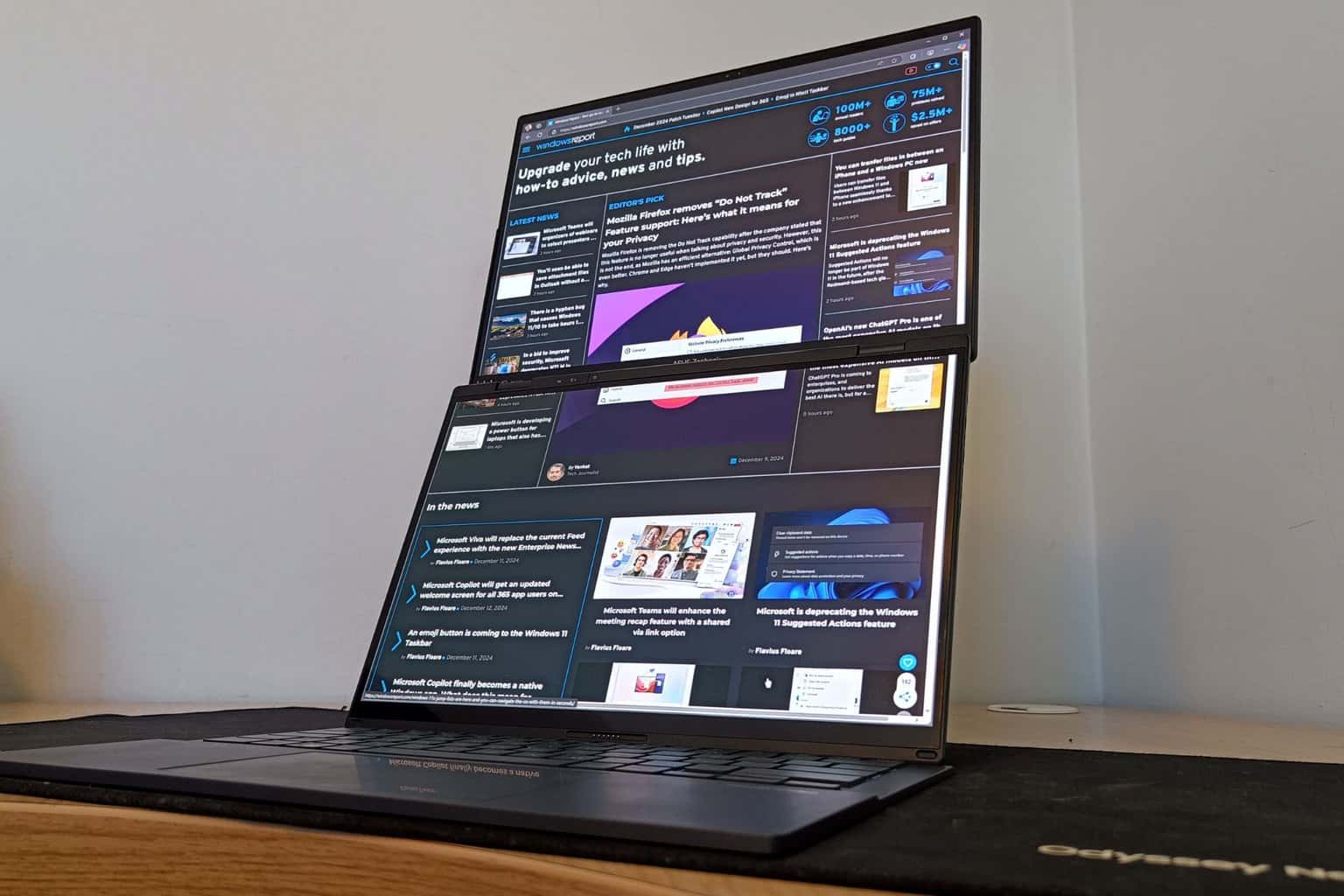
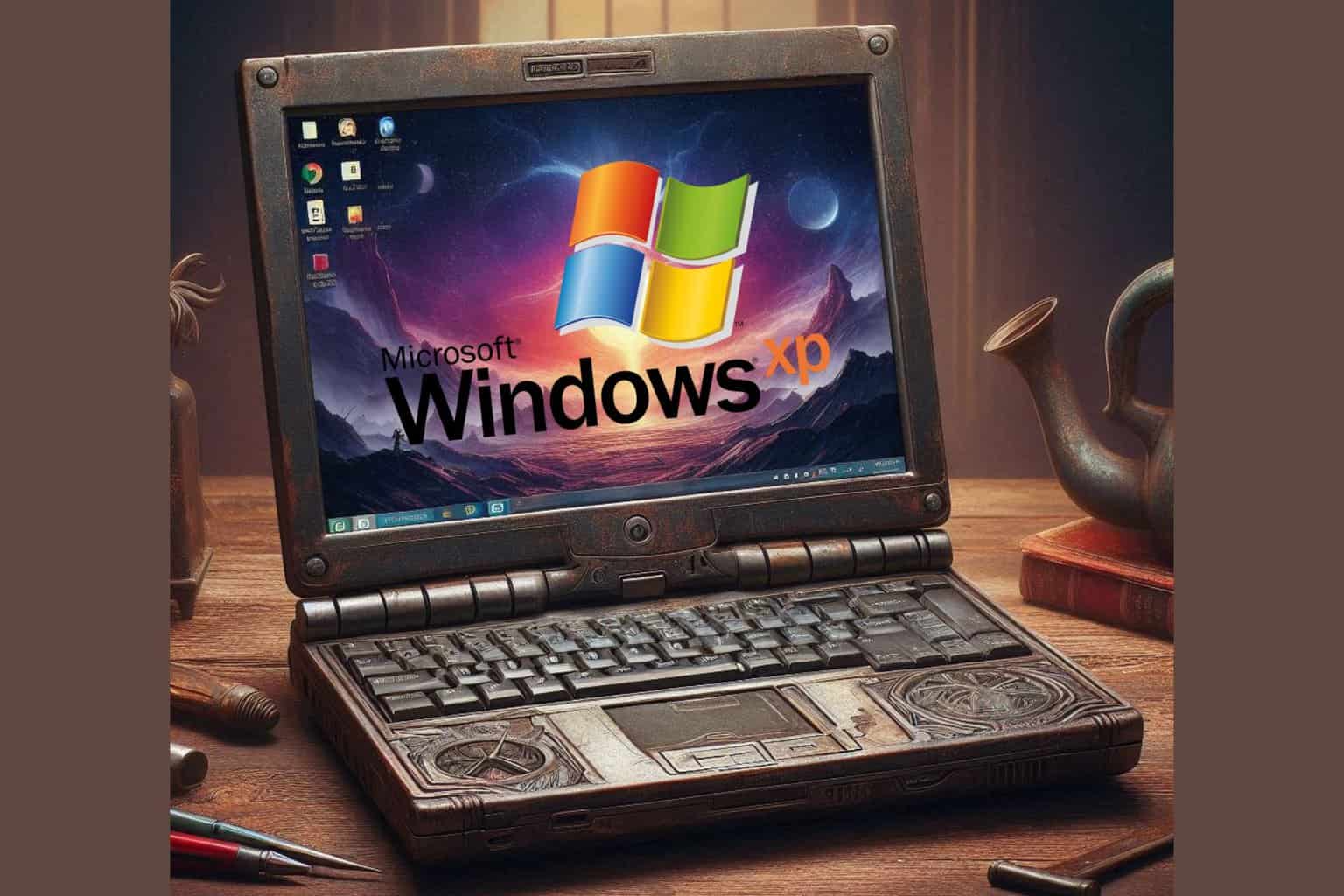
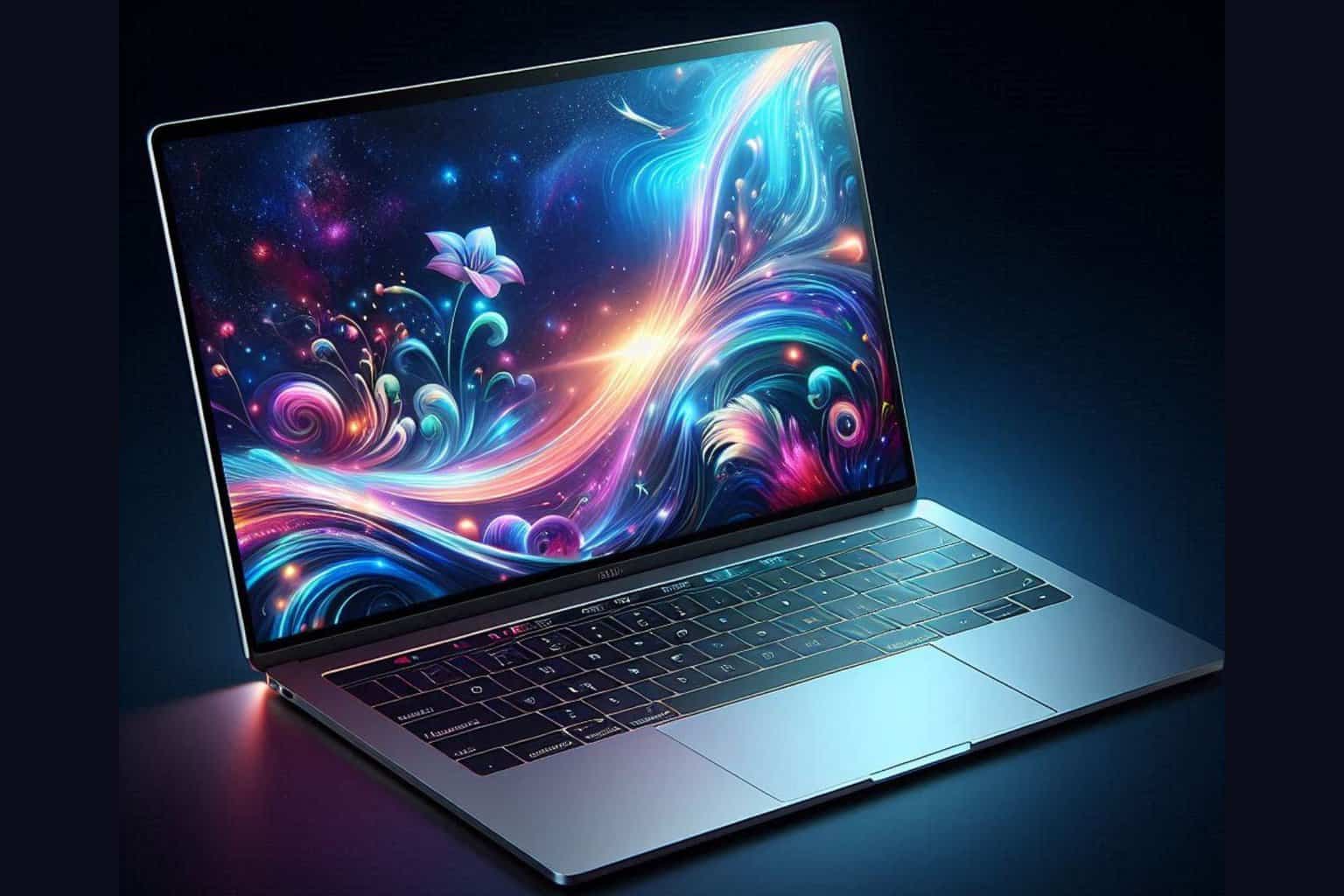

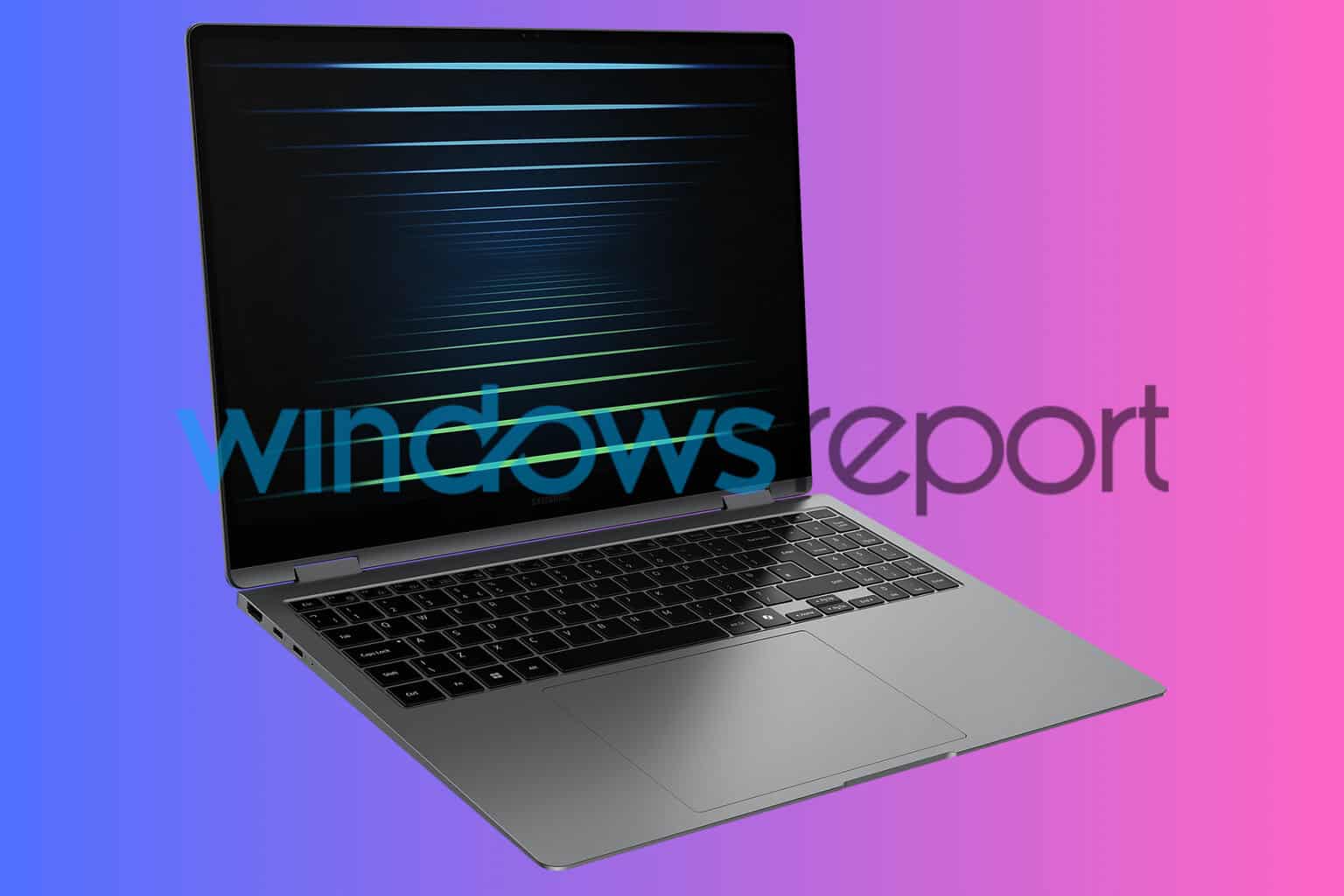

User forum
0 messages